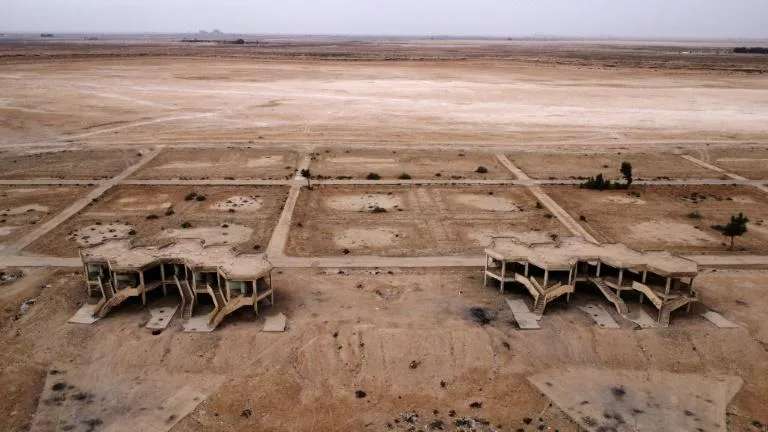Since the XXand century, we see that continental water bodies are drying up. The tropics are the first affected because they have a hot and dry climate, but more temperate regions, such as France, are also beginning to show signs of drought.
You will also be interested
[EN VIDÉO] Saving California from drought with solar energy Every year during the summer, California is plagued by drought. These water shortages handicap crops but give rise to innovative projects like WaterFX, intended to pump the precious liquid from the depths using solar energy. National Geographic Channel tells us more about this company in an excerpt from the Inventing the Future series. The next episode will air tonight, Friday, February 26, 2016, at 9:30 p.m.
Any country can be affected by episodes of drought if it responds to the following climatic conditions: a drop in precipitation for a prolonged period, accompanied by a rise in temperature. Of course, some regions of the Globe are more vulnerable to these droughtsespecially the tropical and subtropical zones which have a climate warmer and drier.
Increased drought in the tropics
This phenomenon has been observed since the twentiethand century. Areas of the world are drying up and we can observe the bodies of water on the continents suffering the effects. For example the dead Sea, whose water recedes by about one meter every year, has lost a third of its surface area since 1960 and is now threatened with extinction. And these problems continue and become more serious, like Lake Suesca (Colombia) or Lake Sawa (Iraq) which recently dried up completely, in 2021 and 2022 respectively.
Spread of drought
Tropical areas are therefore the most sensitive, but with changing climatic conditions, even geographically more distant areas are affected, such as in the United States or France.
The western United States is undergoing a chronic dryness since the beginning of this century and, for the first time, imposes water restrictions on Lake Mead, the largest artificial reservoir in the country. In the South of France, waves of drought are also felt as in the Hautes-Alpes where the Serre-Ponçon lake is currently 12 meters below its summer level. Only the polar and subpolar zones are for the moment spared by these episodes of drought because their ground is completely covered with ice.
Problem
It is the combination of rising temperatures with the human activity which is the cause. The present and future droughts are pulling on the doorbell alarm because the consequences are multiple, for fauna and flora but also for humans, for agriculture, water quality and the production ofenergy.
Interested in what you just read?

